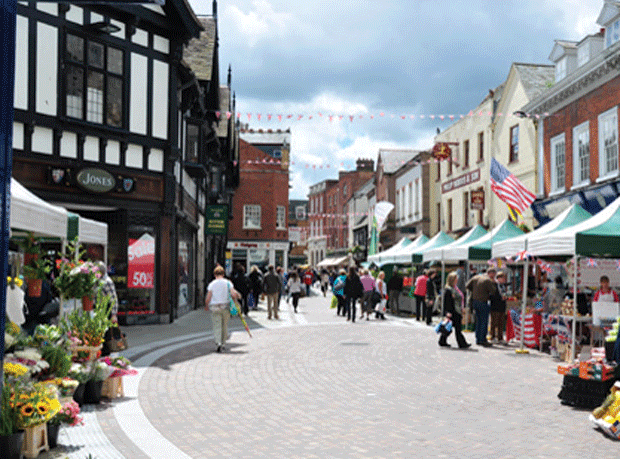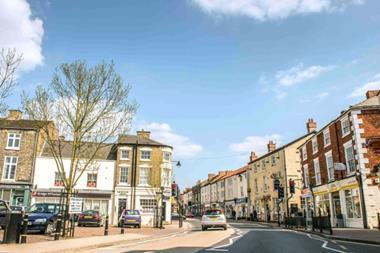Retail parks are “bigger and more diverse than ever before” with vacancy rates dropping to just 6.2% in the second half of 2015, according to the Local Data Company.
The LDC’s ‘Restructure and Recovery’ report revealed that the overall UK retail and leisure vacancy rate reduced to 11.5% from 11.7% in H1 2015.
The town centre vacancy rate fell by 0.2% to 11.5% compared to the first half of 2015, while in shopping centres it fell by 0.7% to 14.1%. Retail park vacancy rates dropped by 0.4%.
Matthew Hopkinson, director at the LDC, said 2015 was an encouraging year for the overall ‘health’ of our town centres, retail parks and shopping centres.
“There was evidence of recovery as a result of stronger consumer confidence and early signs of restructuring and regeneration having a positive impact,” he added.
However, retail parks stood out as the destination of choice for many retailers, Hopkinson said.
“Retail parks are bigger and more diverse than ever before, with retail and leisure offerings, free parking and better logistical structures for retailers in the world of Total Retail – in-store, online, mobile and click and collect.”
The report also revealed that the number of total units in town centres that have been unoccupied for more than three years has risen in H2 2015 by 1% across the UK. The North East has the largest percentage of total units that have been vacant for over three years (7.3%).
Association of Convenience Stores chief executive James Lowman said: “While news of the overall vacancy rate decreasing is welcome, today’s results show that there is still a significant problem with long term vacancy in town centres which must be addressed by incentivising businesses to invest in these locations. The government can do this through the business rates system which currently sees retailers hit by higher rates bills when they improve their stores.
“Both local and national government also needs to look at the consequences of planning decisions that allow more out-of-town retail parks and superstores. These locations compete directly with high streets and if councils grant permission for these outlets to be built, they have to think about the consequences for their high streets.”

















No comments yet